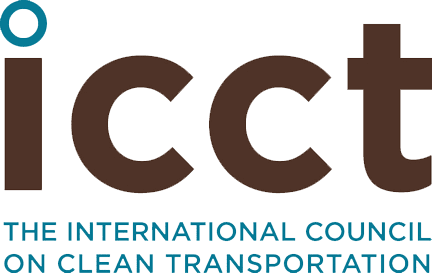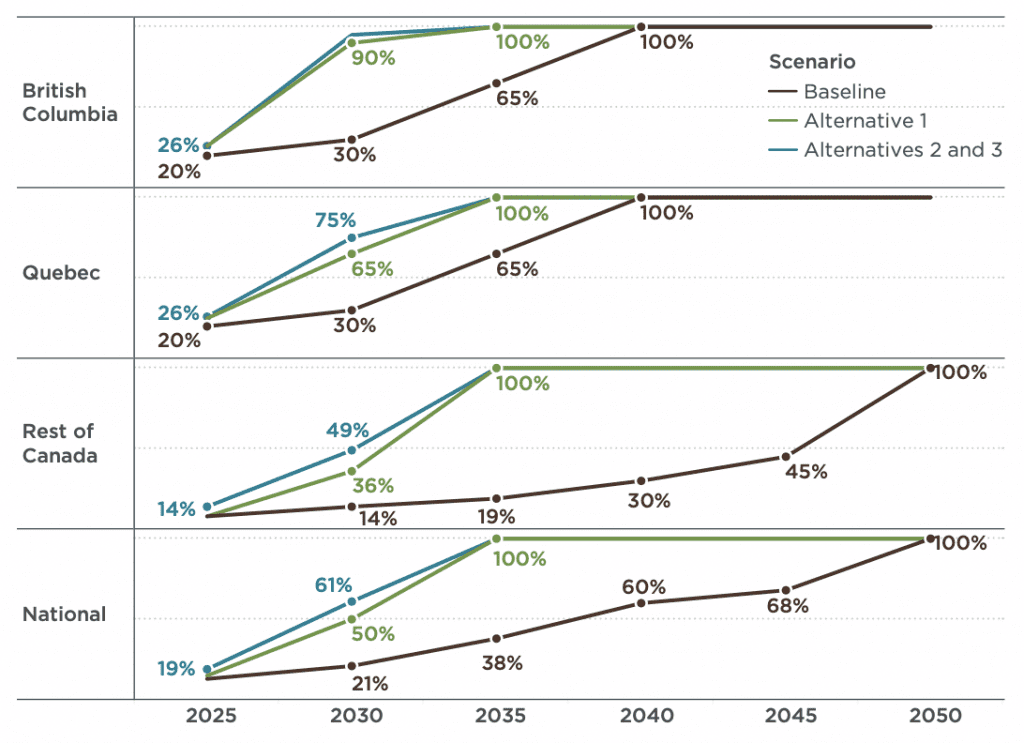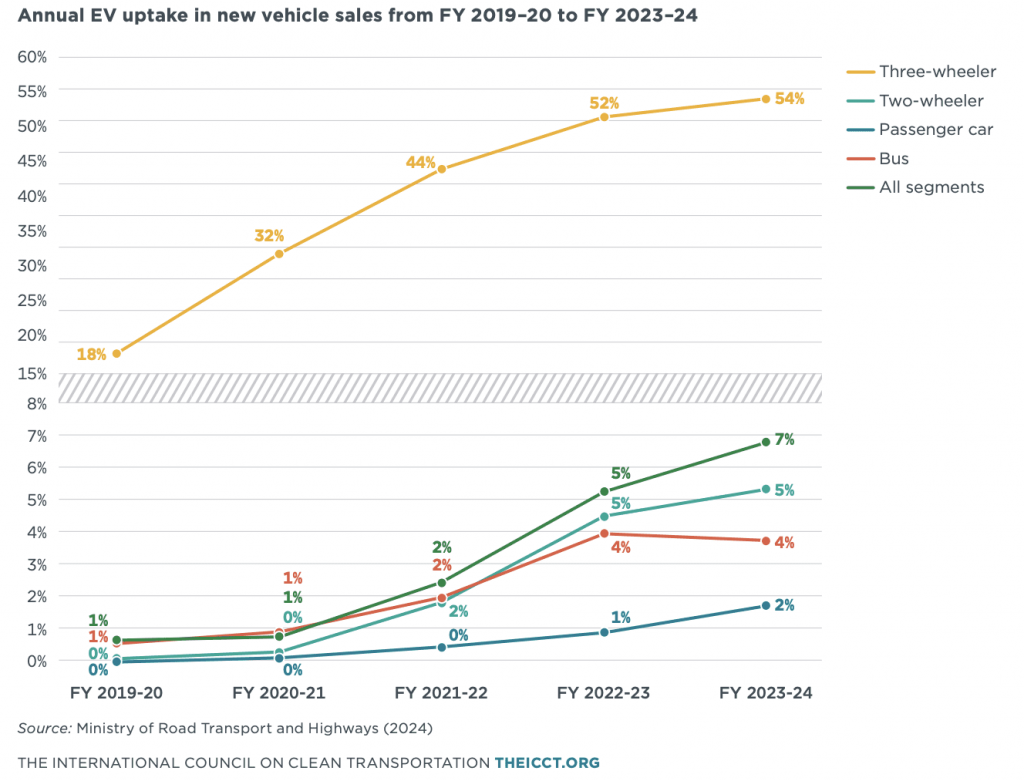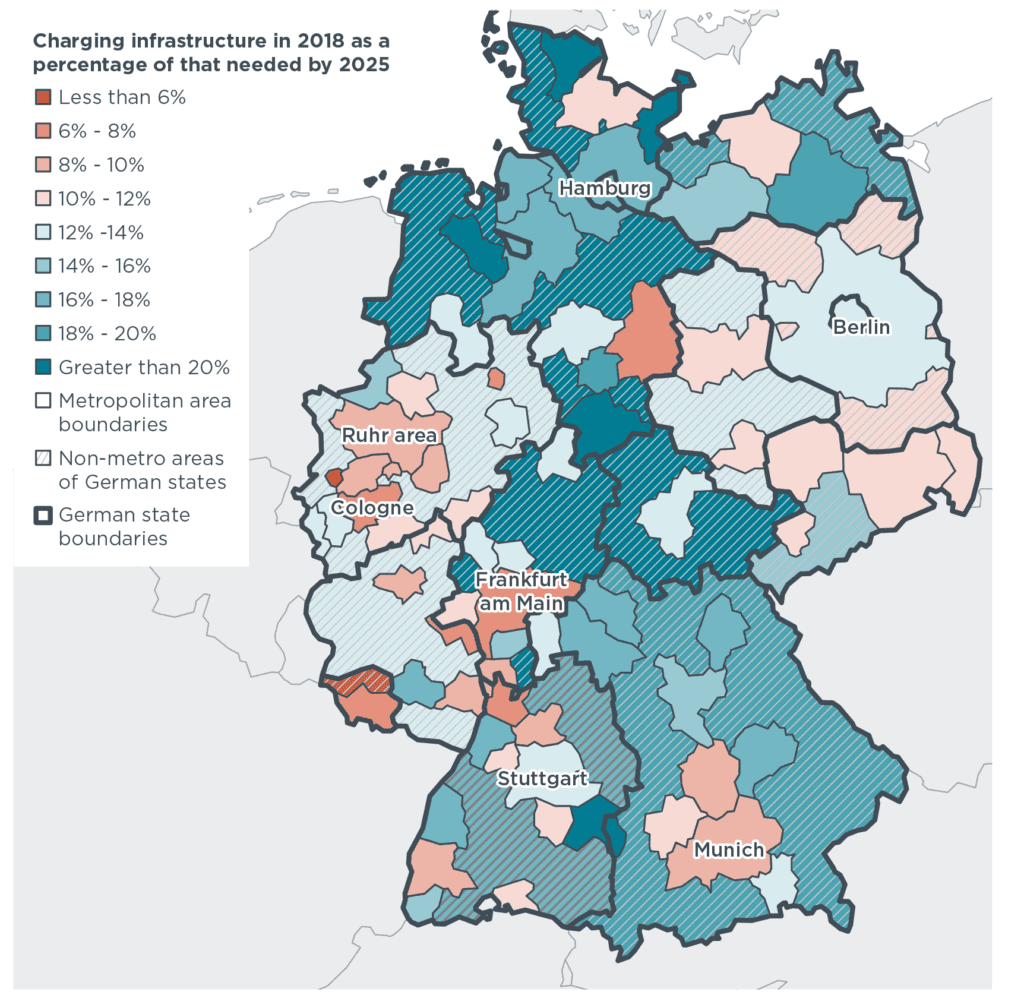Home > Our Impact > Vehicles and Fuel

Vehicles and Fuel
The ICCT was established in 2001 as an independent source of technical and policy expertise on clean transportation with the core mission of improving the environmental performance and energy efficiency of road, marine, and air transportation, in order to benefit public health and mitigate climate change. In the last five years alone, the ICCT has worked successfully with regulators and lawmakers around the world and has played a significant role in 48 distinct regulations and policies, which together are projected to result in billions of tons of CO2 reductions and prevent thousands of premature deaths over the next decade and beyond.
Vehicle GHG or fuel economy standards
Vehicle GHG or fuel economy standards are regulations for vehicle manufacturers (on-road and offroad, including ships and planes) to reduce the average GHG emissions or increase the average fuel economy of the vehicles they sell over a certain number of years. This kind of regulation can ensure consistent GHG reductions while moving a country toward zero-emission vehicle adoption. It is fiscally neutral for the government, making it more feasible than financial incentives for countries without high tax revenue. Further, it is a flexible tool, making it more palatable for vehicle manufacturers than some other options.
Policy spotlight
The ICCT’s research on costs and infrastructure needs, as well as its comments on technology adoption curves, informed the adoption of the Phase 3 GHG emissions standards for medium- and heavy-duty vehicles by the U.S. Environmental Protection Agency. While the rule’s stringency fell short of expectations, the ICCT’s contributions were crucial in securing White House and industry support, laying a foundation for future strengthening to meet climate goals.
Zero-emission vehicle sales requirements
Zero-emission vehicle (ZEV) sales requirements mandate that light-, medium-, and/or heavy-duty vehicle manufacturers increase sales shares of ZEVs (typically defined as battery electric and fuel cell electric vehicles, sometimes including plug-in hybrid electric vehicles) each year. Governments can implement ZEV sales requirements instead of or in addition to GHG or fuel economy standards. While less flexible than vehicle GHG or fuel economy standards, ZEV requirements offer the broader industry (including the battery supply chain and EV charging companies) certainty on the pace of electrification. These requirements are administratively simple for governments to implement, do not require baseline data or testing laboratories, and are fiscally neutral for the government.
Policy spotlight
Canada’s Electric Vehicle Availability Standard, which aims for 100 percent ZEV sales by 2035, was informed by the ICCT’s three-year engagement with the Canadian government. When Canada finalized the Electric Vehicle Availability Standard for zero-emission light-duty vehicles (LDVs) in 2023, it was a milestone for reducing the country’s CO2 emissions from road transport. The regulation phases out sales of new internal combustion engine (ICE) vehicles by first requiring 20 percent ZEVs in new LDV sales in 2026 and then progressively increasing the ZEV requirement to 60 percent by 2030 and 100 percent by 2035.
Consumer fiscal incentives
Consumer fiscal incentives are subsidies or tax breaks that reduce the up-front cost of purchasing electric or low-emitting light-, medium-, and/or heavy-duty vehicles, ideally at the point of sale. The higher the incentive amount, the greater the expected impact on changing consumer behavior. Fiscal incentives can be differentiated, such as by giving half the incentive amount to plug-in hybrid vehicles. Fiscal incentives are very effective in increasing sales shares of zero-emission vehicles or low-emitting vehicles and can be especially useful in catalyzing the early stages of the zero-emission vehicle market.
Policy spotlight
The third iteration of India’s EV demand promotion policy, titled the ‘Prime Minister Electric Drive Revolution in Innovative Vehicle Enhancement (PM E-DRIVE) scheme,’ was launched on October 1, 2024 and will give subsidies worth 36.79 billion rupees on e-two wheelers, e-three wheelers, e-ambulances, and e-trucks. By making electric vehicles more affordable at the point of sale, PM E-DRIVE seeks to foster a significant shift towards zero-emission transportation across India, especially in the early stages of market growth.
Charging network planning, investment, and deployment policies
A robust and reliable charging network is a precursor to increased adoption of electric light- and heavy-duty vehicles. To support charging infrastructure, governments should adopt charging network planning, investment, and deployment policies that establish a strategic plan and allocate funding for public and private charging network deployment. In plans, governments should identify the highest-priority locations for charging infrastructure to guide public and private investment. The plans can cover freight corridors, residential charging, and reliable public charging to alleviate charging anxiety on the part of new electric vehicle consumers. Some direct government investment in deployment and grid upgrades is needed, but effective plans also must leverage substantial private investment by increasing certainty around the design, location, and timing of infrastructure needs.
Policy spotlight
Germany’s €6.3 billion Charging Infrastructure Master Plan targets deployment of 1 million charging stations by 2030. It also plans to address charging gaps in rural areas, buildings, and heavy-duty vehicles, as well as grid load management, accelerating state approval process for charging deployment and mobilizing private investment. ICCT analysis helped identify the necessary charging to support projected growth in Germany’s passenger EV market.
Ensuring equity
The ICCT supports policies that deliver equitable access—locally and globally—to clean transportation solutions. That can mean ensuring access in historically disadvantaged local communities and ensuring access for countries with still developing economies. Achieving the clean transportation transition will provide a wide range of health, environmental, and economic benefits. We must ensure those benefits are distributed equitably and justly.





